Ryan JM, Sibson J, Howell G. Assessing injury severity during general war. Will the Military Triage system meet future needs. Journal of the Royal Army Medical Corps. 1990 Feb 1;136(1):27-35.
Falzone E, Pasquier P, Hoffmann C, Barbier O, Boutonnet M, Salvadori A, Jarrassier A, Renner J, Malgras B, Mérat S. Triage in military settings. Anaesthesia Critical Care & Pain Medicine. 2017 Feb 1;36(1):43-51.
